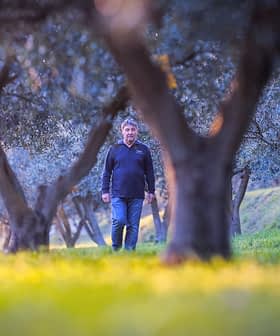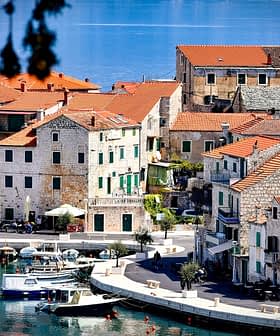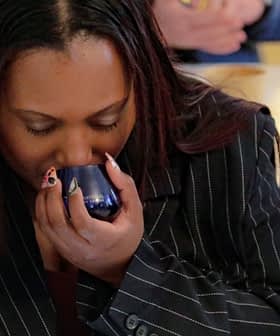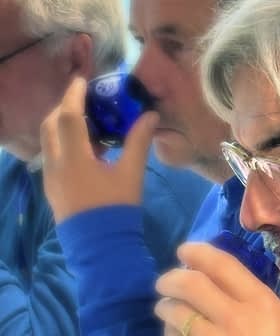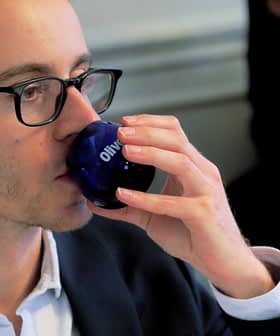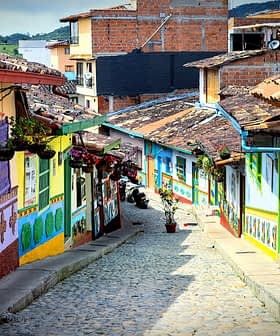Misinformation from the Cook Who Coined 'EVOO'
You might think the cook and author Rachael Ray, who is credited with coining 'EVOO' as shorthand for extra virgin olive oil, would do the necessary homework to get it right.
 Rachael Ray
Rachael RayDoctor Oz incorrectly claimed that putting olive oil in the refrigerator was the best way to determine its quality, a myth debunked by the University of California at Davis Olive Center, while Rachael Ray perpetuated further misinformation about olive oil quality on her show and website, including the false belief that the color of olive oil indicates its grade or suitability for cooking. Ray’s statements on her show and website contributed to the confusion surrounding olive oil quality, with incorrect information about what constitutes extra virgin olive oil and how to determine its quality.
Doctor Oz told millions of viewers that the best way to tell if their olive oil was good or not was to put it in the refrigerator, a myth swiftly debunked by the University of California at Davis Olive Center.
It’s not uncommon or surprising to hear celebrity doctors, chefs and other television personalities propagating myths and falsehoods when it comes to olive oil.
But you might expect the cook and author Rachael Ray, who is credited with coining E‑V-O‑O as a shorthand for extra virgin olive oil (added to the Oxford American College Dictionary in 2007), to do the necessary homework to get it right.
“If you can see through it, it’s fine for cooking,” Ray stated in a recent segment on her show, applying an even cruder method of olive oil quality assessment than Oz’s fridge test. In fact, the color of extra virgin olive oil can range from pale yellow to emerald green and is not an indication of its quality or grade. For that reason, experts use cobalt glasses to conceal the color of oil when conducting their sensory analyses.
Ray continued in her segment with ill-informed pronouncements to even further compound consumers’ confusion about olive oil quality: “The deep green, super-fruity, really expensive stuff — that’s technically extra virgin olive oil because it hasn’t been strained and purified in any way.”
Of course, it’s not technically extra virgin olive oil unless it meets certain technical chemical and sensory benchmarks, whatever its color or price. And most extra virgin olive oil, including Ray’s own brand, is strained through a battery of filters to remove particles of pits and pulp. The filtering process extends the shelf life and reduces the sediment on the bottom of the bottle that turns off some shoppers.
Ray continued, “But if you can see through it, you can cook with it up to medium-high heat,” without stating what “high” means and while at the same time throwing more support behind a common myth that you can’t fry in olive oil. Extra virgin olive oil has a smoke point in line with other vegetable oils and is well within the range of all but the most intense high-heat applications.
Viewers of the show can find more fallacies on Ray’s website, where the color of olive oil is wrongly singled out not only as an indication of its suitability for cooking but as a criterion for the extra virgin grade itself:
“To be graded as Extra Virgin, the oil must exhibit superior taste, aroma and color,” the site proclaims. Nowhere in the international standard is there a measure (or even a mention) of color.
“And to meet the most exacting labeling standards, it must also have less than 1 percent free oleic acid,” Ray’s website states incorrectly, citing an acidity benchmark for the refined olive oil grade, not extra virgin.
“Thus,” Ray’s website concludes, “the ‘Extra’ in Extra Virgin Olive Oil means ‘premium,’ or simply, ‘the best.’ ”
If only it were that simple.
Update: Ray’s video and the page on the Rachael Ray website referenced in this articlehave since been taking down.



